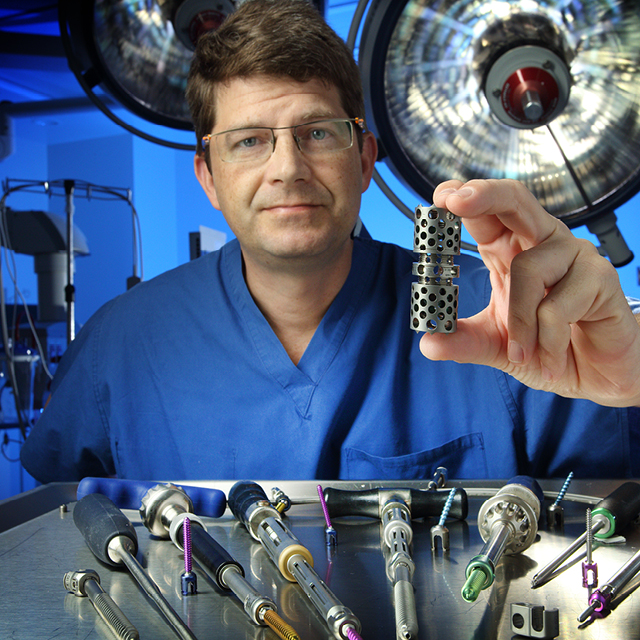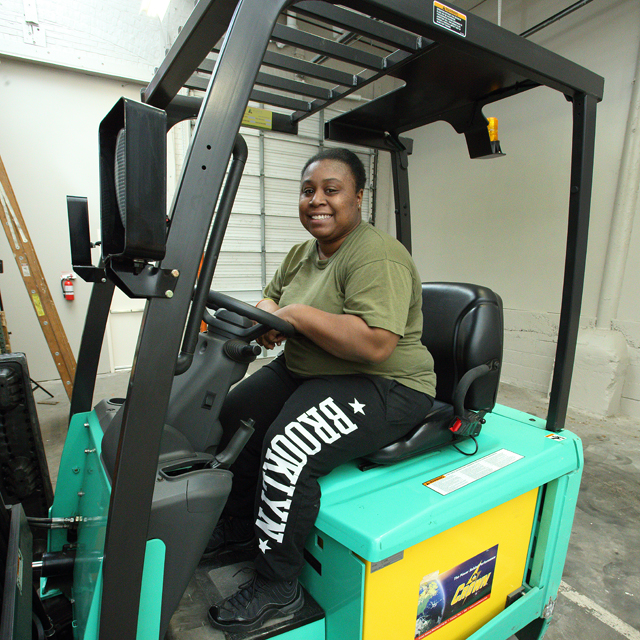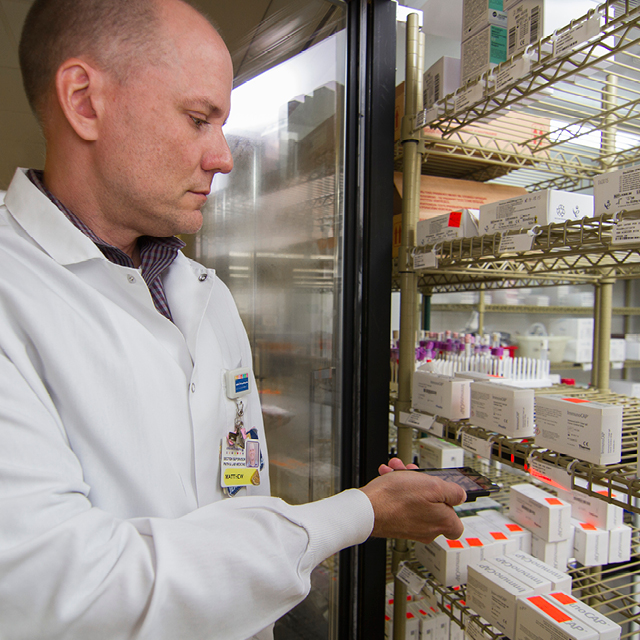Did you know that before a new product is used in a Johns Hopkins Medicine facility, it is thoroughly vetted to make sure it provides the best possible value to our patients and the health system?
The vetting process is known as value analysis. Value analysis directly impacts our performance improvement—one of Johns Hopkins Medicine’s six Strategic Plan priorities—and it’s crucial to maintaining and improving patient outcomes and our financial health.
The process below takes you through the eight steps of the value analysis process:
1. Product request:
• Product champion identifies product gap or opportunity and suggests new product.
• Product champion submits electronic form requesting product be considered for purchase.
2. Product research:
• Product research team confirms product’s necessity, safety, quality and total impact to the Johns Hopkins Health System and lists alternatives to the product.
3. Product data presentation:
• Product champion presents research by product research team to appropriate clinical value analysis team.
4. Product testing:
• Clinical value analysis team makes decision to:
1) Approve use of the product
2) Approve use pending a trial
3) Not approve bringing the product into the health system
5. Product purchase:
• Procurement team negotiates with vendor for best price.
• Legal team completes contract and has it signed.
• E-commerce team provides SAP numbers and coding for product.
• Product is ordered and delivered.
6. Product conversion:
• Staff members are trained on using new product.
• Materials management team begins stocking new product.
7. Patient use:
• Product is introduced into health system and used in patient care.
• Patient benefits from new product that has passed rigorous scrutiny by expert clinicians.
8. Product research:
• Clinical value analysis team evaluates how well the product is performing and makes product use adjustments as necessary to ensure that the product is meeting or exceeding expectations.



